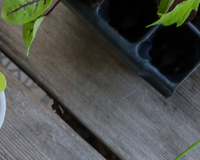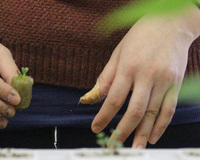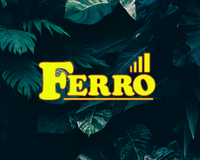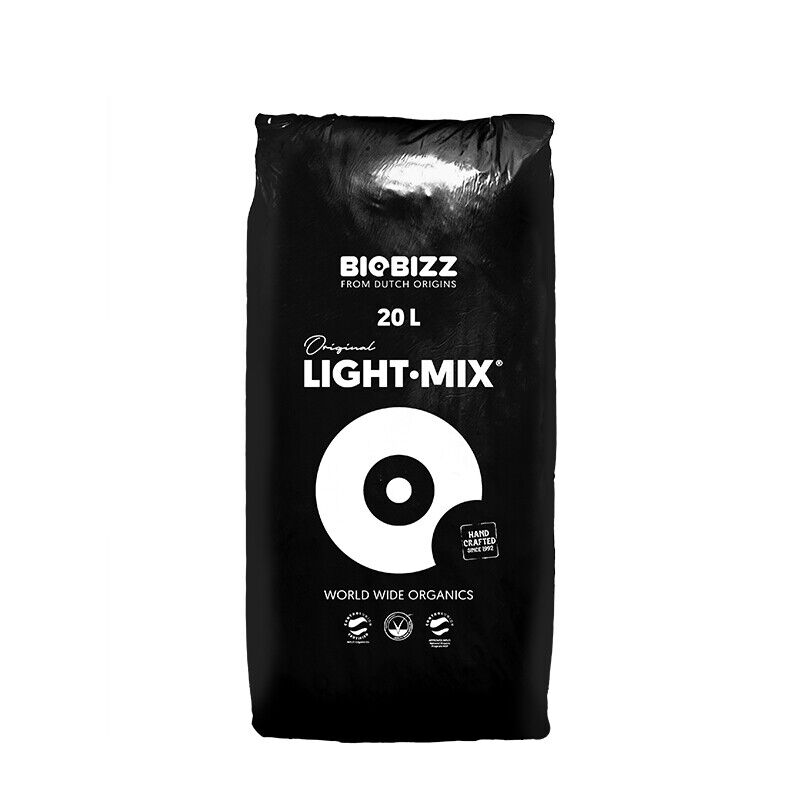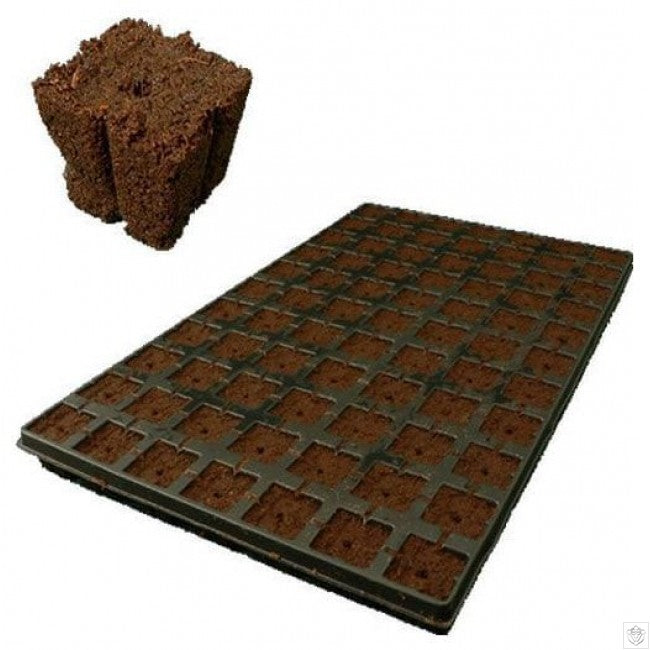Hydroponics has revolutionised indoor gardening by providing a controlled environment for plant growth without the need for soil. If you're looking to maximise the productivity of your indoor garden, there are several innovative hydroponic techniques that can help you achieve impressive results. In this blog, we will explore five techniques that can enhance your indoor garden's productivity and yield.
Vertical Farming:
Vertical farming is a technique that utilises vertical space to grow plants in stacked layers. By going vertical, you can significantly increase the number of plants you can grow within a limited area. This technique is especially useful for small indoor gardens. Use specially designed vertical systems that provide adequate lighting and nutrient distribution to each layer. Vertical farming not only boosts productivity but also adds a visually appealing aesthetic to your indoor garden.
Nutrient Film Technique (NFT):
The Nutrient Film Technique (NFT) is a hydroponic system that delivers a thin film of nutrient-rich water directly to the plant roots. This technique ensures a constant flow of nutrients and oxygen, promoting vigorous growth and maximizing productivity. In an NFT system, plants are placed in troughs or channels with a slight slope, allowing the nutrient solution to flow across the roots before recirculating. NFT is particularly effective for fast-growing leafy greens, herbs, and smaller plants.
Aeroponics:
Aeroponics is a high-efficiency hydroponic technique that involves growing plants in an air or mist environment. In an aeroponic system, plant roots are suspended in the air and periodically misted with a nutrient solution. This method provides optimal oxygenation to the roots, allowing for rapid growth and increased nutrient absorption. The absence of a growing medium in aeroponics also eliminates the risk of soil-borne diseases. Aeroponics is ideal for growing delicate plants, such as lettuce, strawberries, and orchids, and it can significantly boost productivity in your indoor garden.
Aquaponics:
Aquaponics is a unique symbiotic system that combines hydroponics with aquaculture (fish farming). In an aquaponic system, fish waste provides the nutrients for plant growth, while plants act as a natural filtration system, purifying the water for the fish. This closed-loop system is highly sustainable and productive. As the fish waste is converted into nutrients for the plants, the plants, in turn, help maintain water quality for the fish. Aquaponics is a fascinating technique that allows you to grow both fresh produce and fish in your indoor garden, increasing overall productivity.
Smart Lighting Systems:
Advanced lighting systems can significantly enhance the productivity of your indoor garden. LED grow lights are the preferred choice due to their energy efficiency and ability to provide specific light spectrums tailored to plant growth stages. Additionally, smart lighting systems allow you to program the intensity, duration, and spectrum of light based on the needs of different plant species. By mimicking natural sunlight and optimizing lighting conditions, you can achieve faster growth, higher yields, and better quality produce.
Conclusion:
By incorporating innovative hydroponic techniques into your indoor gardening practice, you can unlock the full potential of your plants and boost productivity. Vertical farming, NFT, aeroponics, aquaponics, and smart lighting systems offer exciting possibilities for maximizing space, nutrient delivery, oxygenation, and light optimization. Experiment with these techniques and adapt them to suit your specific plant varieties and growing environment. Embrace innovation and take your indoor gardening to new heights of productivity and success.



